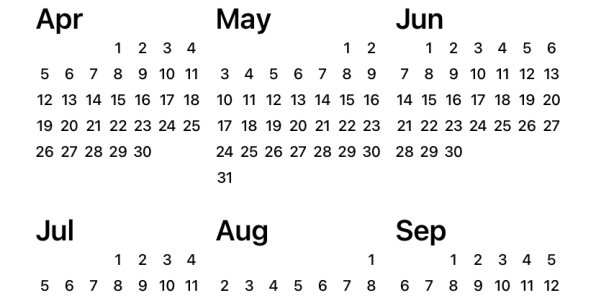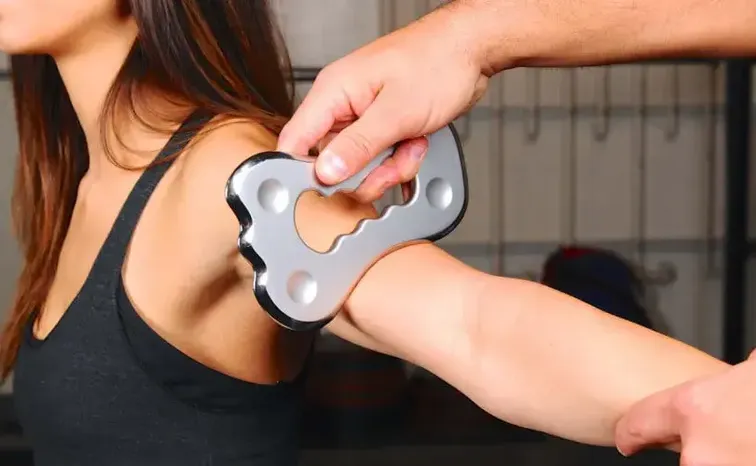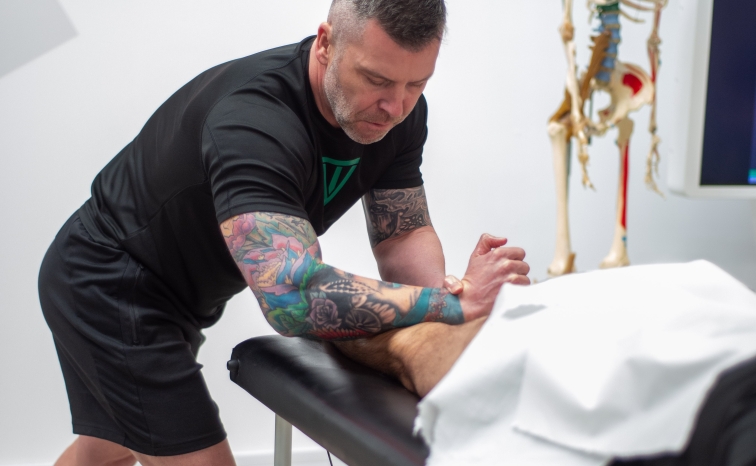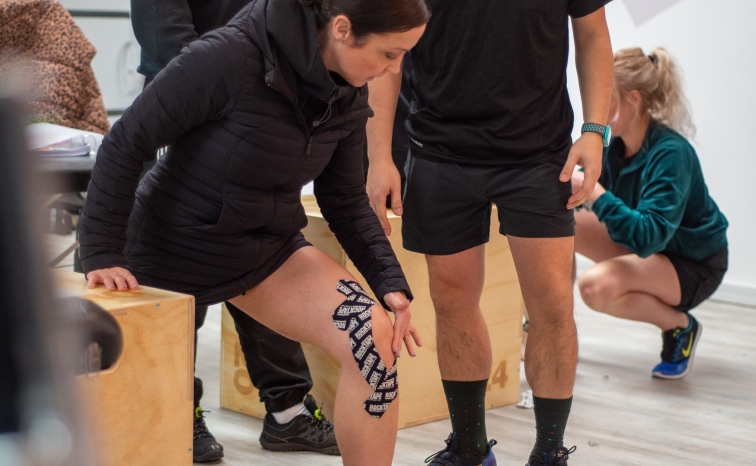Dry needling is an increasingly popular therapeutic technique used by physical therapists and other healthcare providers to alleviate pain and improve musculoskeletal function. Understanding its history, scientific basis, and practical applications can help therapists integrate this method into their practice, providing significant benefits to their clients.
History and Background of Dry Needling
Dry needling traces its origins to the mid-20th century, rooted in the pioneering work of Dr. Janet Travell and Dr. David Simons, who extensively researched myofascial pain and dysfunction. Initially, the technique involved injecting substances into trigger points, which are hyperirritable spots in skeletal muscle associated with palpable nodules in taut bands of muscle fibers. This method, known as wet needling, gradually evolved as practitioners realized that the mere insertion of a needle (without any medication) could produce therapeutic effects, leading to the development of dry needling.
Dry needling distinguishes itself from acupuncture, although both involve the insertion of needles. While acupuncture is based on Traditional Chinese Medicine and aims to balance the body’s energy flow or “Qi,” dry needling is grounded in Western medicine principles and focuses on musculoskeletal pain and dysfunction.
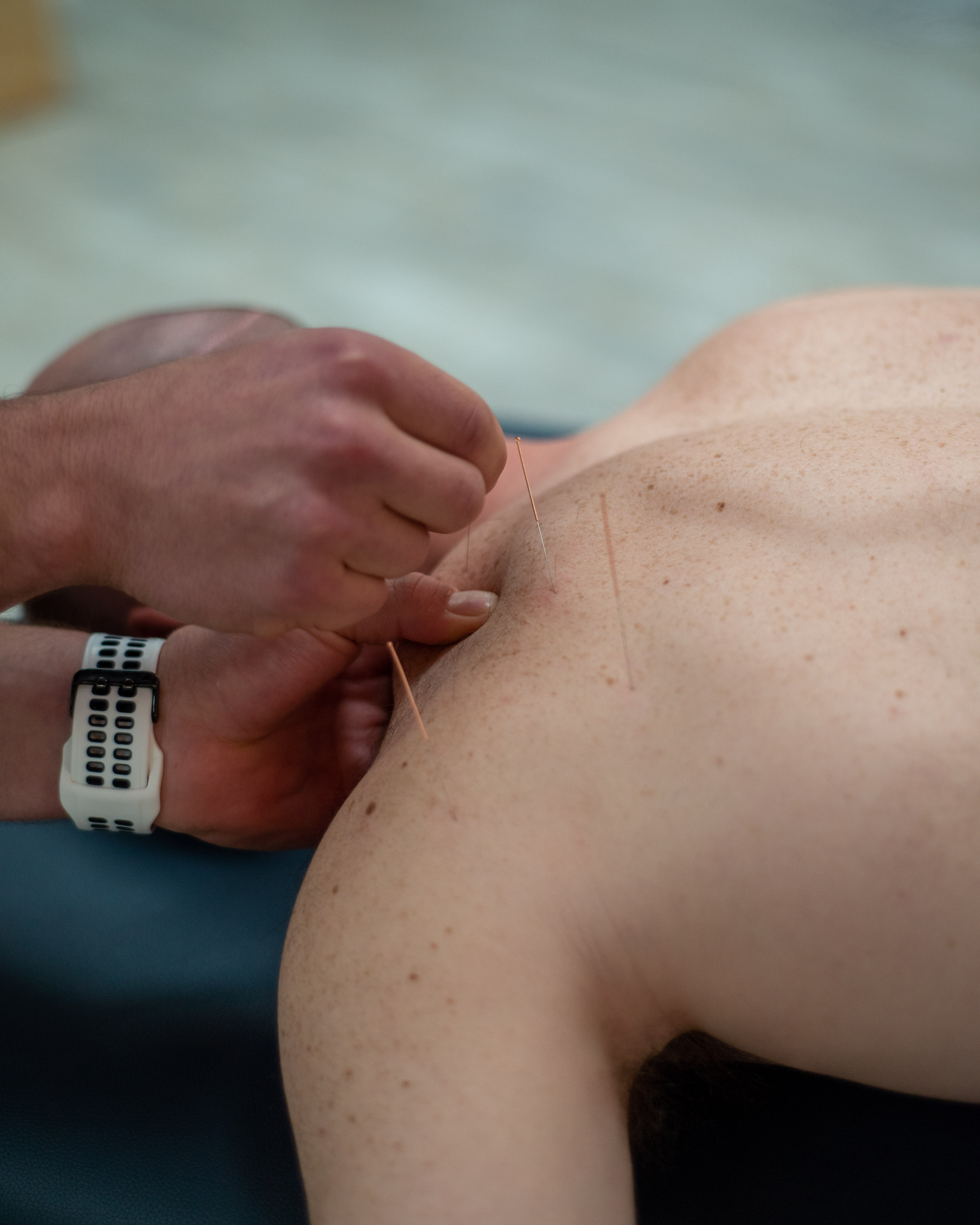
What the Science Says About Dry Needling
Research supports the efficacy of dry needling in treating various musculoskeletal conditions. Several studies and systematic reviews have highlighted its benefits in reducing pain, improving range of motion, and enhancing overall function. Here are some key findings from the scientific literature:
1. Pain Reduction: Dry needling has been shown to deactivate trigger points, leading to significant pain relief. The mechanical stimulation provided by the needle induces a local twitch response, which disrupts the taut bands of muscle fibers and alleviates tension.
2. Neuromuscular Effects: The insertion of needles stimulates sensory nerves, which can modulate pain perception. This stimulation leads to the release of endogenous opioids and other neuropeptides that help reduce pain.
3. Improved Blood Flow: Dry needling can enhance local blood circulation, promoting tissue healing and reducing inflammation. Improved blood flow also helps in delivering oxygen and nutrients to the affected area, facilitating recovery.
4. Enhanced Muscle Activation: By targeting specific trigger points, dry needling can improve muscle activation patterns, which is particularly beneficial in rehabilitating injuries and addressing muscle imbalances.
A comprehensive review published in the Journal of Orthopaedic & Sports Physical Therapy supports the effectiveness of dry needling for conditions such as chronic low back pain, tension-type headaches, and shoulder impingement syndromes. Another study in the Journal of Manual & Manipulative Therapy highlights its positive impact on athletes, helping them recover from sports-related injuries more efficiently.
How Dry Needling Can Be Used in a Therapist’s Business
Integrating dry needling into your practice can offer numerous benefits, both for your clients and your business. Here’s how:
1. Expanded Service Offerings: By including dry needling in your therapeutic arsenal, you can provide a more comprehensive range of services. This diversification can attract a broader clientele, including those specifically seeking dry needling for pain relief and muscle rehabilitation.
2. Enhanced Client Outcomes: Clients experiencing chronic pain or musculoskeletal issues can benefit significantly from dry needling. The technique often results in quicker pain relief and improved function, which can lead to higher client satisfaction and better retention rates.
3. Professional Growth: Training in dry needling demonstrates a commitment to advanced practice and continuous professional development. This expertise can enhance your reputation as a knowledgeable and skilled therapist, attracting more clients and potentially leading to referrals from other healthcare providers.
4. Increased Revenue: Offering dry needling as a specialised service can justify higher session fees due to the advanced skill and training required. This can increase your practice’s revenue and profitability.
5. Competitive Advantage: As dry needling gains popularity, having this service can set your practice apart from competitors who do not offer it. Highlighting your ability to provide cutting-edge treatments can be a strong marketing point.
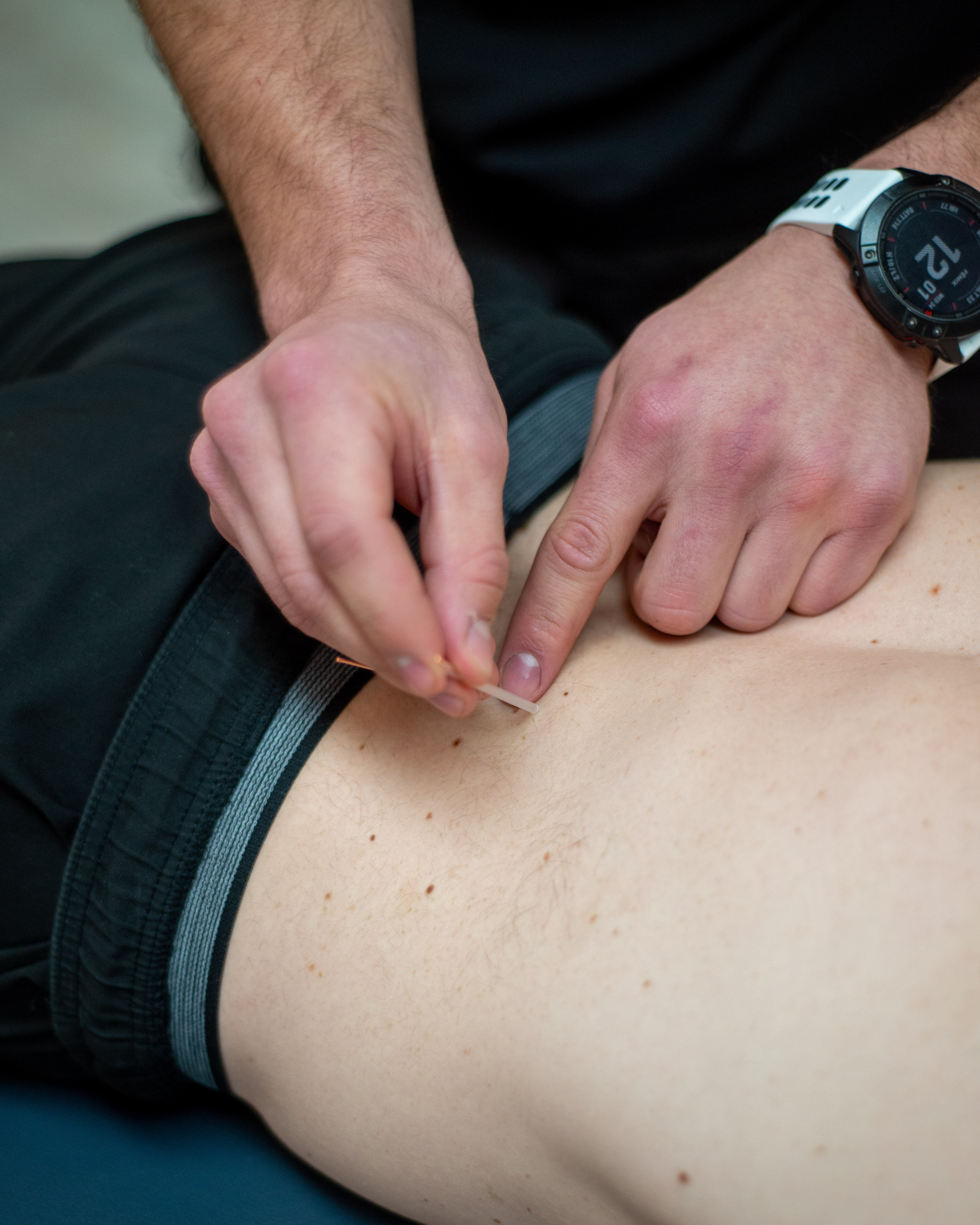
To successfully integrate dry needling into your practice, consider the following steps:
1. Obtain Proper Training and Certification: Ensure you and your staff are properly trained and certified in dry needling techniques. This training ensures the safety and effectiveness of the treatment and meets regulatory requirements.
2. Educate Your Clients: Inform clients about what dry needling involves, its benefits, and what to expect during and after the treatment. Clear communication can help alleviate any apprehensions clients may have about needles.
3. Integrate with Other Therapies: Use dry needling as part of a holistic treatment plan that includes other modalities such as exercise therapy, manual therapy, and patient education. This approach maximises therapeutic outcomes and ensures comprehensive care.
4. Monitor and Document Outcomes: Keep detailed records of client responses to dry needling. This data can help refine treatment protocols, demonstrate the effectiveness of your interventions, and provide evidence for insurance reimbursement.
5. Marketing and Promotion: Highlight your dry needling services in your marketing materials, website, and social media platforms. Use client testimonials and case studies to showcase successful outcomes and build trust with potential clients.
Conclusion
Dry needling is a valuable therapeutic technique that offers significant benefits for pain management and musculoskeletal rehabilitation. By understanding its history, scientific basis, and practical applications, therapists can effectively integrate dry needling into their practice, enhancing client outcomes and growing their business.
Looking to complete your Dry Needling course? get in touch via our course page here.





